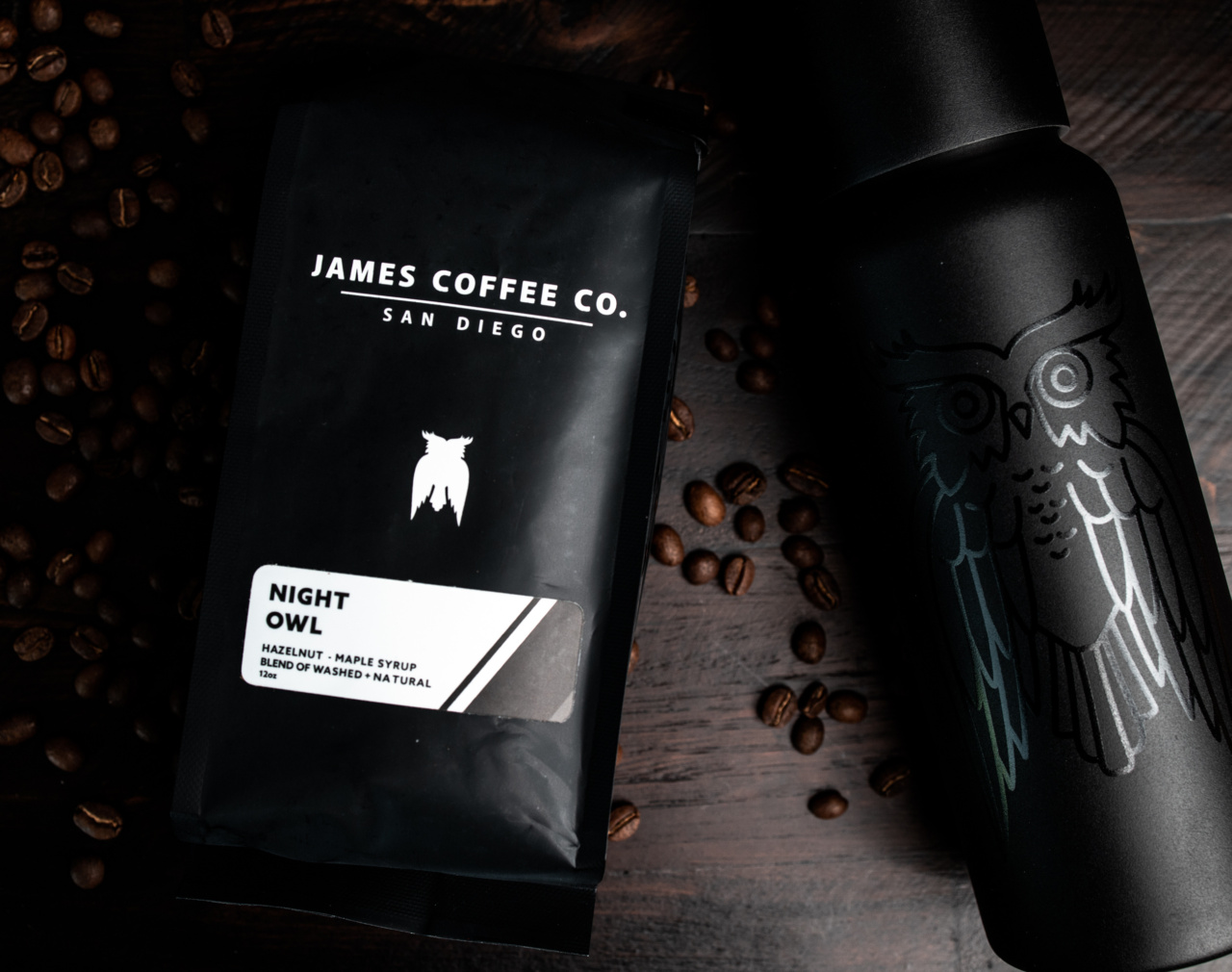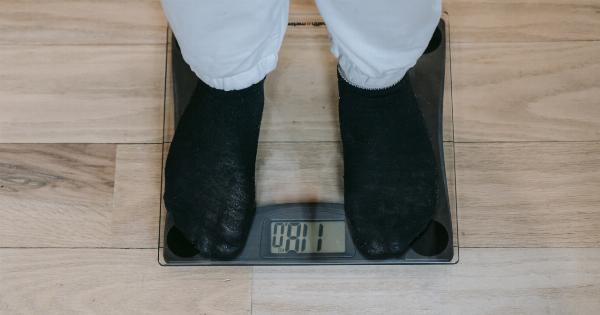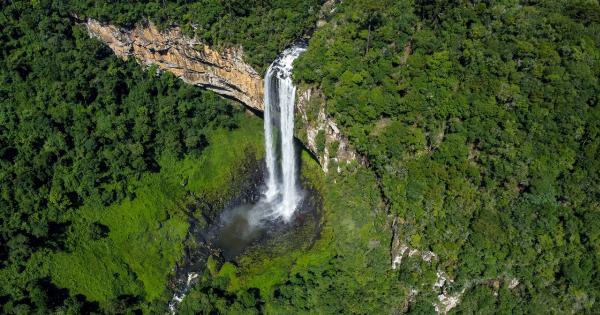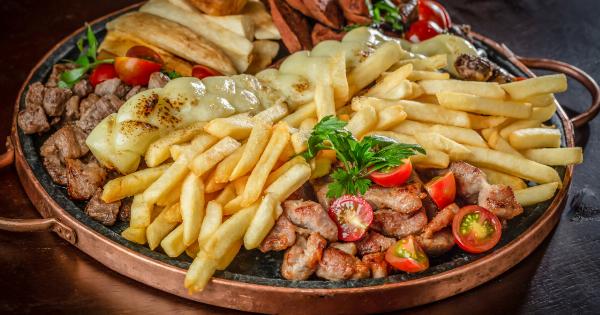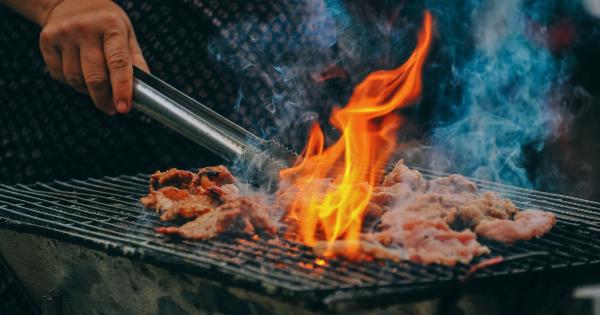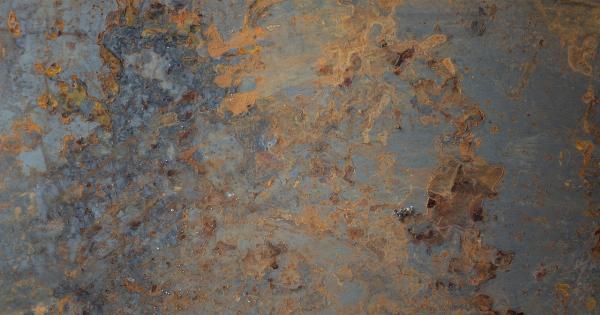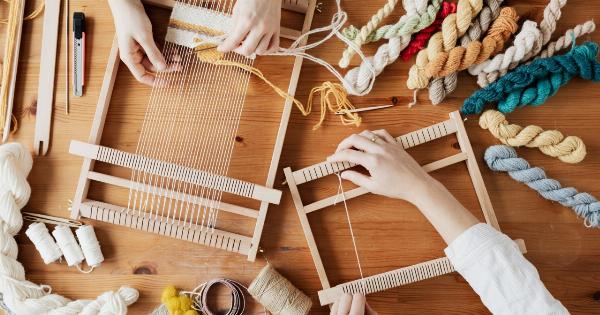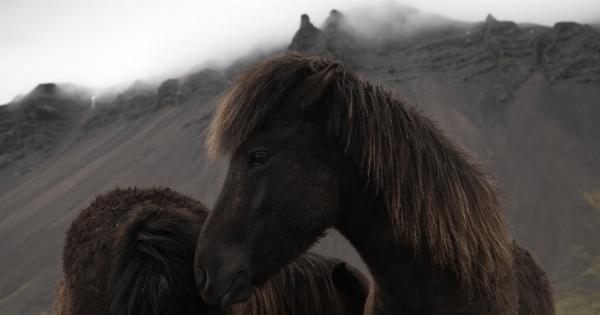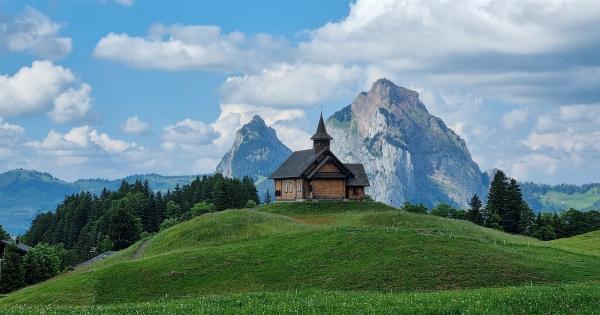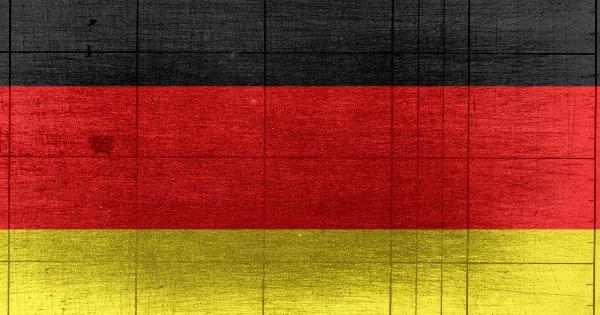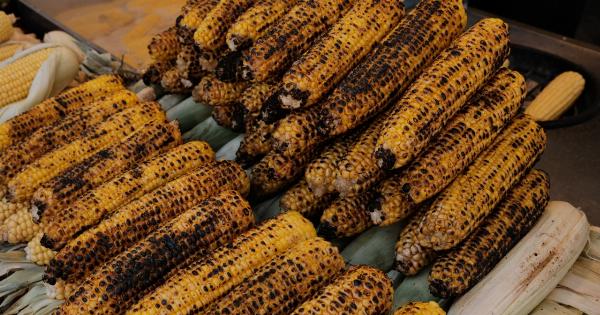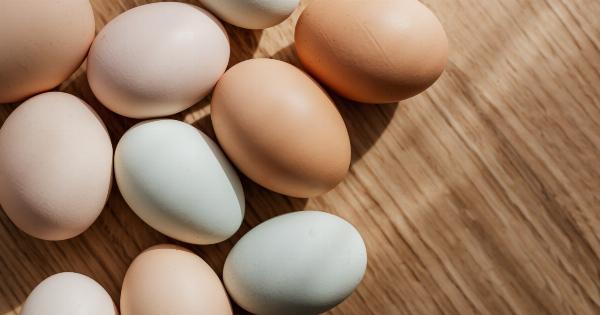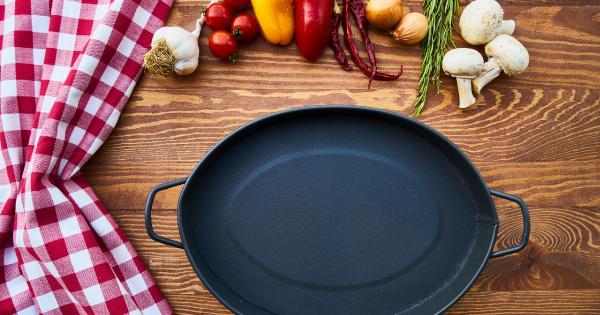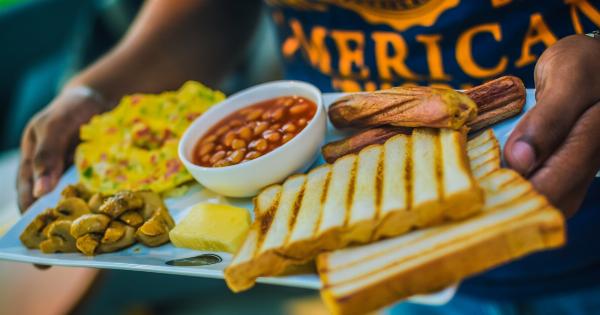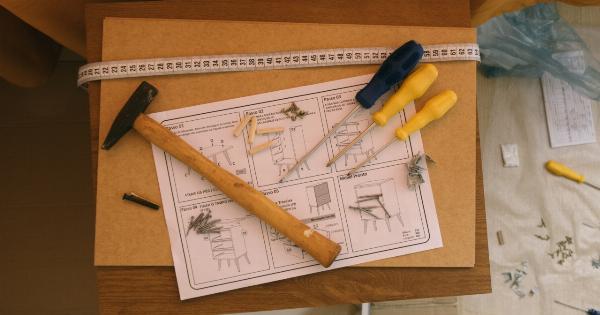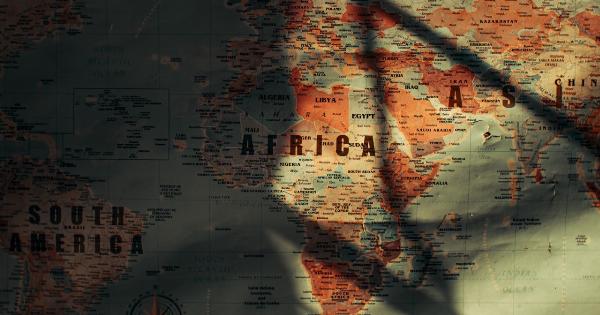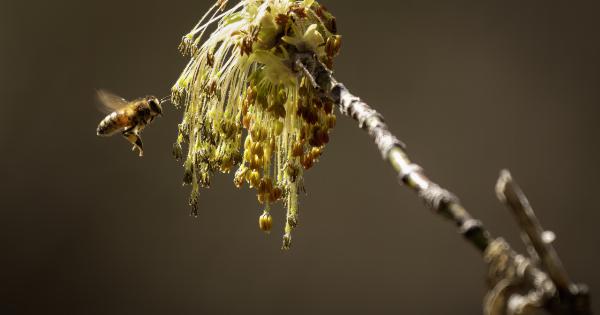Chocolate is a universally beloved treat that has been enjoyed for centuries. From decadent desserts to comforting hot cocoa, the taste and aroma of chocolate can bring joy to any occasion.
But have you ever wondered why chocolate tastes so good? The secret lies in the careful roasting process that allows the rich flavors to develop. In this article, we will delve into the science behind chocolate roasting and explore the various factors that contribute to creating the perfect chocolate experience.
The Origins of Chocolate
Before we delve into the science of chocolate roasting, let’s take a brief look at the origins of this delectable treat. Chocolate comes from the seeds of the cacao tree, scientifically known as Theobroma cacao.
The cacao tree is native to the tropical regions of Central and South America and has been cultivated for thousands of years by various civilizations such as the Mayans and Aztecs.
The cacao tree produces large pods that contain the cacao beans, which are the seeds used to make chocolate. These beans undergo a complex process to transform them into the familiar chocolate bars and treats we know and love.
One of the crucial steps in this process is roasting.
The Roasting Process
Roasting is an integral part of chocolate production as it helps develop the flavors and aromas we associate with chocolate. Here’s a breakdown of the chocolate roasting process:.
1. Bean Selection
The roasting process begins with carefully selecting the cacao beans. The flavor profile of the chocolate is heavily influenced by the variety of beans used and their origin.
Different regions produce beans with distinct flavors, ranging from fruity and acidic to nutty and earthy.
2. Cleaning and Preparing
Once the beans are selected, they undergo a cleaning process to remove any debris and impurities. After cleaning, the beans are typically roasted in their shells.
The shells act as a protective barrier during the roasting process, preserving the delicate flavors within.
3. Roasting
The roasting process usually takes place in large revolving drums or ovens. The beans are exposed to controlled heat, typically ranging between 120 to 160 degrees Celsius (250 to 320 degrees Fahrenheit).
The duration of roasting varies depending on the desired flavor profile.
During roasting, several chemical reactions occur within the beans, resulting in the creation of hundreds of flavor compounds.
The Maillard reaction, a complex interaction between amino acids and reducing sugars, plays a crucial role in generating the appealing flavors and aromas of chocolate.
4. Bean Monitoring
Roasting involves carefully monitoring the beans’ temperature and appearance. As the beans heat up, they start to change color and release moisture.
Skilled chocolatiers use their senses and experience to determine when the beans have reached the optimal point to be removed from the heat.
5. Cooling and Crackling
After roasting, the beans are immediately cooled to prevent further cooking. This rapid cooling process is crucial in maintaining the desired flavors and preventing any risk of burning.
As the beans cool, they undergo a phenomenon known as crackling, where the moisture within the beans evaporates and causes a cracking sound.
6. Winnowing and Grinding
Once the beans are cool, they are typically winnowed to remove the shells. This process involves breaking the beans and separating the nibs from the husks.
The winnowed nibs are then ground into a paste called chocolate liquor, which contains both cocoa solids and cocoa butter.
From this point, the chocolate liquor undergoes further processing, such as refining and conching, to create the smooth and velvety texture we associate with chocolate bars.
Flavor Development in Roasting
Roasting plays a crucial role in developing the flavors and aromas of chocolate. The duration and temperature of the roast significantly impact the final taste profile. Here are a few key factors that influence flavor development:.
1. Maillard Reaction
The Maillard reaction occurs when amino acids and reducing sugars react under heat, resulting in the formation of numerous flavor compounds. This reaction gives chocolate its complex and desirable taste.
The intensity and duration of the Maillard reaction during roasting greatly influence the depth of flavor.
2. Acids and Volatile Compounds
During roasting, certain acids and volatile compounds are formed or transformed, contributing to the overall flavor profile of chocolate. For example, the acidity levels can affect the perceived fruitiness or bitterness in the chocolate.
The balance of these compounds is crucial in achieving a well-rounded flavor.
3. Caramelization
Caramelization occurs when sugars undergo a chemical transformation and develop a rich, caramel-like flavor.
The roasting process caramelizes the natural sugars present in the cacao beans, resulting in subtle sweetness and enhancing the overall flavor complexity.
Quality Control and Consistency
The art of chocolate roasting involves a delicate balance between achieving desired flavors and preserving the unique characteristics of the beans. Quality control is essential in ensuring consistency across different batches of chocolate.
Chocolatiers use various techniques, such as cupping, to evaluate the flavor, texture, and aroma of the roasted beans. This sensory analysis helps maintain the desired standards and identify any variations that may occur during the roasting process.
Conclusion
Chocolate roasting is a precise and intricate process that brings out the magical flavors and aromas of this beloved treat.
Through careful selection and roasting techniques, chocolatiers are able to create an array of chocolate varieties, each with its own unique taste profile. The science behind chocolate roasting combines chemistry, expertise, and a passion for creating the perfect chocolate experience.
So the next time you indulge in a piece of chocolate, take a moment to appreciate the art and science that went into its creation.
